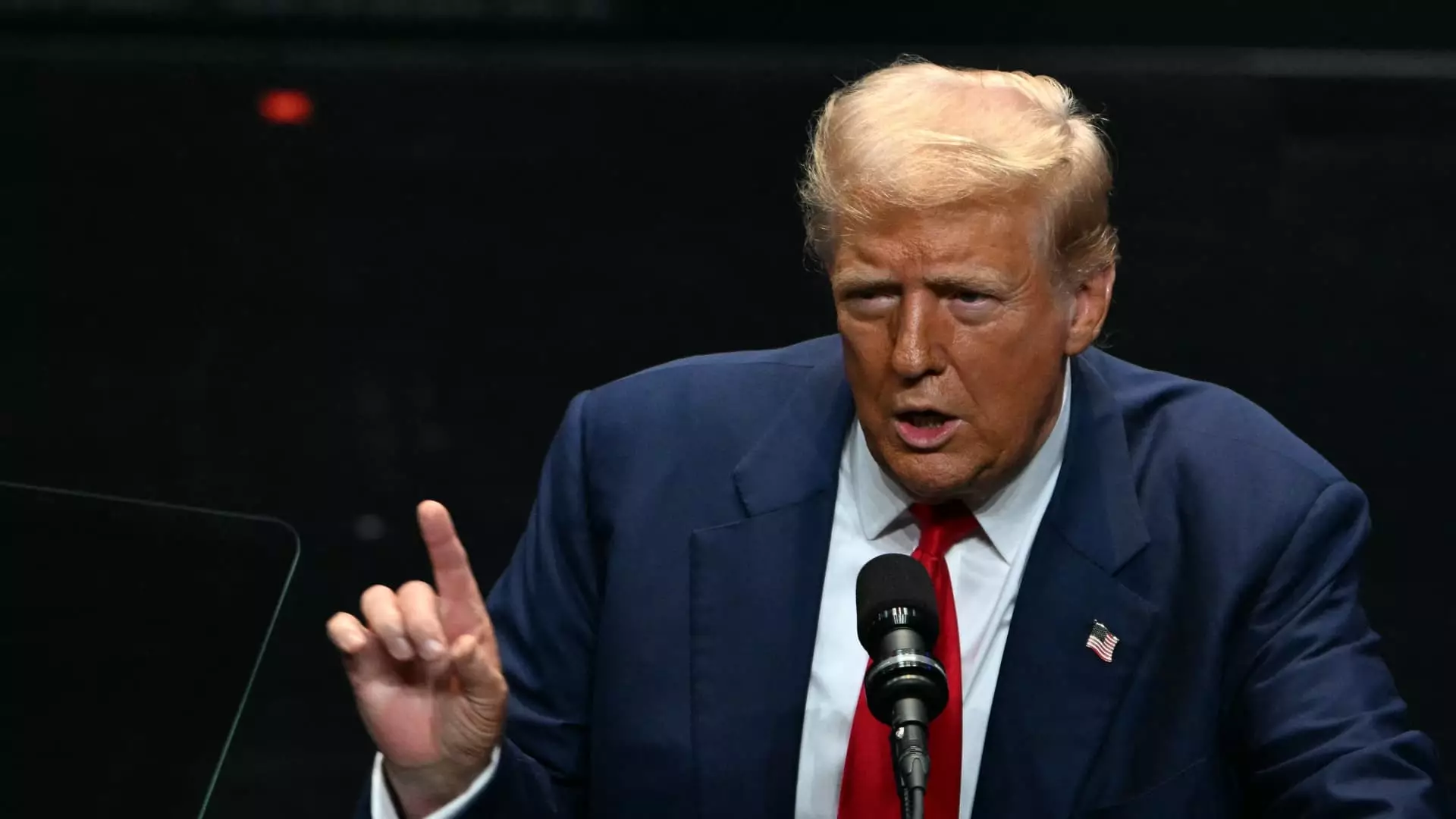The ongoing political discourse surrounding the U.S. economy has recently taken center stage in the lead-up to the next presidential election. With rising inflation, supply chain disruptions, and the pandemic’s economic fallout still fresh in the minds of many Americans, both parties are keen to present robust solutions to restore optimism. At a rally in Savannah, Georgia, former President Donald Trump introduced an array of new manufacturing initiatives, aiming to not only enhance his economic platform but also to challenge the policies of current Vice President Kamala Harris. This article will analyze Trump’s proposals and their implications, as well as contrast them with the political strategies and critiques emerging from the Harris camp.
One of the central elements of Trump’s new manufacturing strategy is the reinstatement of generous research and development (R&D) tax credits for U.S.-based manufacturers. The former president’s promise to allow businesses to write off 100% of the costs related to heavy machinery and other equipment in the first year is a significant shift from the Tax Cuts and Jobs Act (TCJA) instituted in 2017, which effectively removed the possibility for immediate write-offs. Instead, under the TCJA’s guidelines, companies have been required to spread out their R&D deductions over five years, diminishing the short-term tax incentives.
Trump’s call for “full expensing” signals his acknowledgment of the challenges more traditional amortization techniques pose for businesses seeking agility and rapid growth. By potentially reversing previous tax policies that many considered burdensome, he is attempting to bolster his appeal to manufacturing sectors that have consistently struggled to compete on the global stage.
In a further push to reinvigorate American manufacturing, Trump proposed appointing a “manufacturing ambassador.” This individual would focus entirely on persuading major manufacturers to relocate back to the U.S., a move that directly addresses issues related to outsourcing and economic dislocation. The ambassador’s role could potentially align with broader economic nationalism themes that Trump has championed in the past, emphasizing a vision of America as a leader in production rather than a consumer reliant on imports. This idea, while ambitious, raises questions about feasibility and the challenges of reversing decades of globalization trends.
Trump has also reaffirmed his hardline stance on trade, notably through promises of imposing high tariffs—100% or even 200%—on cars imported from Mexico. This rhetoric feeds into a narrative of defending American jobs but also risks igniting trade tensions that could impact consumer prices and the economy at large. High tariffs can stifle competition and may lead to retaliatory measures from trading partners, potentially escalating into trade wars that would have adverse effects on both consumers and businesses.
While Trump seeks to strengthen his economic platform, the Harris campaign is simultaneously positioning itself as the alternative to Trump’s agenda. The Vice President’s team focuses on evidence-based policy-making and economic reforms that they believe will foster a sustainable environment for businesses. Critics, including billionaire investor Mark Cuban, have attempted to challenge the perception that Harris’s proposals, particularly corporate tax increases, would create undue burdens on businesses. Rather, they argue that these measures are designed to create a more equitable economic landscape.
Cuban’s emphasis on not viewing Harris’s approach as overly regulatory, particularly concerning areas such as cryptocurrency, suggests a nuanced view of how these emerging markets might thrive under her administration. As Harris prepares to unveil her own economic proposals, likely aiming to appeal to both progressive and moderate sectors, the battle for economic narrative will intensify.
As the election draws near, the economic debate will undoubtedly sharpen. Trump’s nostalgic call for revitalizing American manufacturing resonates with a segment of the electorate yearning for growth and stability. Meanwhile, Harris’s measured approach emphasizes sustainability and long-term economic health. Both candidates are engaged in a race that not only highlights the importance of manufacturing but also reflects deeper ideological divisions in American economic policy. The outcome of this electoral discourse will shape not only the immediate future of manufacturing in the U.S. but also provide templates for long-term policy strategies that could govern the economy for years to come.


Leave a Reply